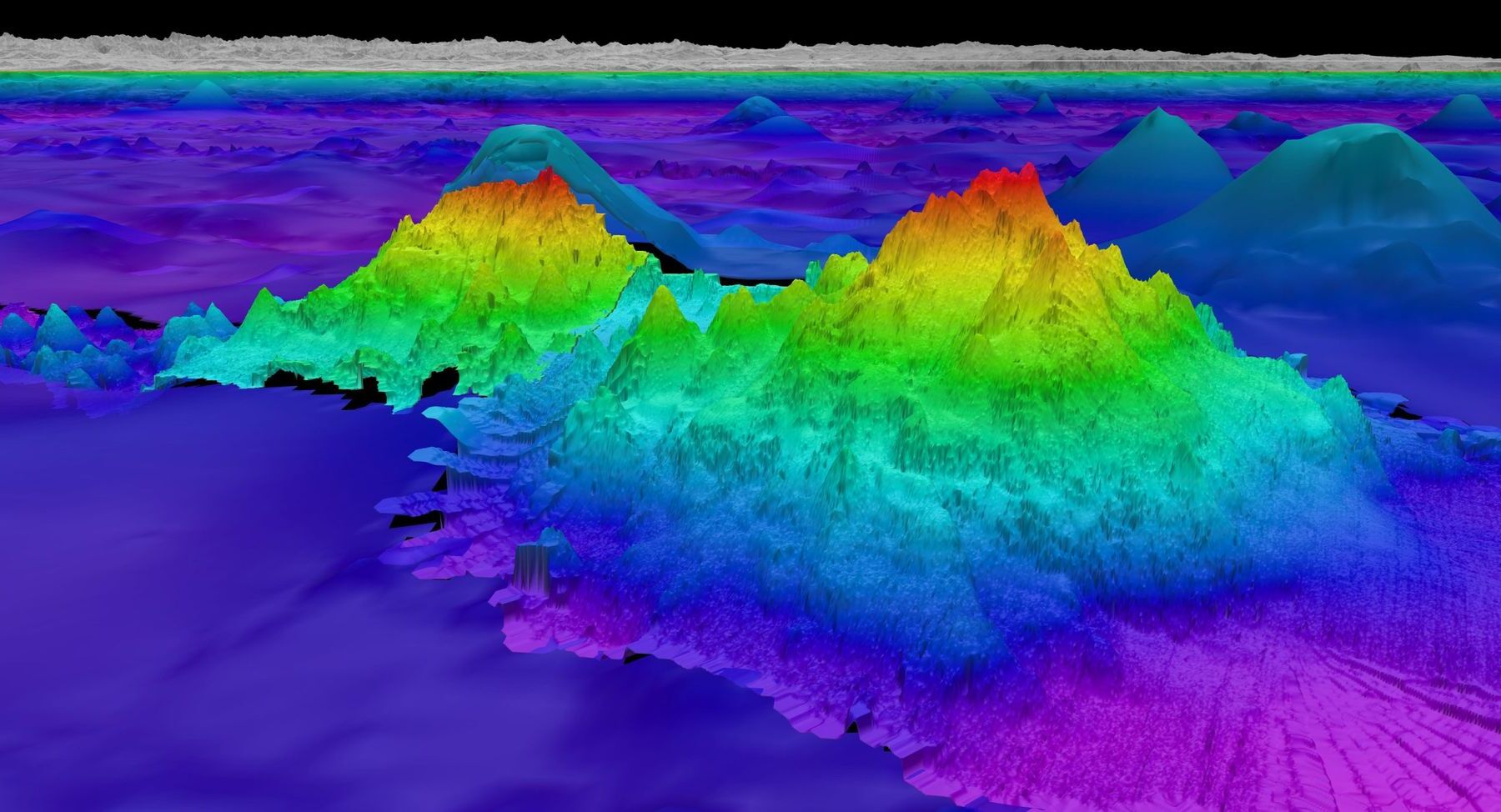
Bowen–Conradi Syndrome is a rare genetic disorder that affects infants, primarily within the Hutterite population. This condition is caused by a mutation in the EMG1 gene, leading to severe developmental issues. Symptoms often include growth delays, distinctive facial features, and skeletal abnormalities. Many affected infants face significant health challenges, including feeding difficulties and respiratory problems. Diagnosis typically involves genetic testing and clinical evaluation. Unfortunately, there is no cure, and treatment focuses on managing symptoms and providing supportive care. Understanding Bowen–Conradi Syndrome can help families and healthcare providers offer better care and support for those affected by this challenging condition.
What is Bowen–Conradi Syndrome?
Bowen–Conradi Syndrome (BCS) is a rare genetic disorder. It primarily affects infants, leading to severe developmental issues. Understanding this condition can help in recognizing its symptoms and implications.
-
Genetic Origin: BCS is caused by a mutation in the EMG1 gene. This gene plays a crucial role in ribosome biogenesis, which is essential for protein synthesis in cells.
-
Autosomal Recessive Disorder: Both parents must carry the mutated gene for a child to inherit BCS. Each child of carrier parents has a 25% chance of being affected.
-
High Prevalence in Hutterite Population: BCS is notably more common among the Hutterite community, a group with a small gene pool due to their isolated lifestyle.
Symptoms of Bowen–Conradi Syndrome
Recognizing the symptoms early can be vital for managing BCS. Here are some common signs to look out for:
-
Growth Retardation: Infants with BCS often exhibit significantly reduced growth rates, both in the womb and after birth.
-
Microcephaly: A smaller-than-average head size is a common characteristic, indicating limited brain development.
-
Prominent Nose: A distinct facial feature of BCS is a prominent, beak-like nose.
-
Micrognathia: This condition involves an unusually small jaw, which can lead to feeding difficulties and respiratory issues.
-
Clenched Hands: Infants may have tightly clenched fists with overlapping fingers, a typical sign of BCS.
Diagnosis and Testing
Early diagnosis can help in managing the symptoms and providing appropriate care. Here’s how BCS is diagnosed:
-
Genetic Testing: A definitive diagnosis is made through genetic testing, identifying mutations in the EMG1 gene.
-
Prenatal Ultrasound: Some physical abnormalities associated with BCS can be detected via ultrasound during pregnancy.
-
Physical Examination: Doctors may identify BCS through a detailed physical examination, noting characteristic features.
Treatment and Management
While there is no cure for BCS, certain treatments can help manage the symptoms and improve quality of life.
-
Supportive Care: This includes nutritional support, physical therapy, and addressing respiratory issues.
-
Surgical Interventions: Some children may require surgery to correct physical abnormalities, such as cleft palate or heart defects.
-
Multidisciplinary Approach: A team of specialists, including geneticists, pediatricians, and therapists, often work together to provide comprehensive care.
Prognosis and Life Expectancy
Understanding the prognosis can help families prepare and seek appropriate support.
-
Severe Developmental Delays: Children with BCS typically experience significant delays in physical and cognitive development.
-
Shortened Lifespan: Unfortunately, many children with BCS do not survive beyond early childhood due to complications.
-
Quality of Life: With proper care, some children can achieve a better quality of life, though they will require ongoing medical support.
Research and Future Directions
Ongoing research aims to better understand BCS and develop potential treatments.
-
Genetic Research: Scientists are studying the EMG1 gene to uncover more about its role and potential therapies.
-
Clinical Trials: Some clinical trials are exploring new ways to manage symptoms and improve outcomes for children with BCS.
-
Awareness and Advocacy: Increased awareness and advocacy efforts are crucial for supporting affected families and advancing research.
Final Thoughts on Bowen–Conradi Syndrome
Bowen–Conradi Syndrome, a rare genetic disorder, affects many families worldwide. Understanding its symptoms, causes, and treatments can help those impacted. Early diagnosis is crucial for managing the condition and improving quality of life. Genetic counseling offers valuable support for families, guiding them through the complexities of the disorder.
Research continues to advance, bringing hope for better treatments and potential cures. Awareness and education about Bowen–Conradi Syndrome can foster a supportive community for affected individuals and their families. By sharing knowledge, we contribute to a more inclusive and compassionate society.
Remember, every bit of information helps. Stay informed, support research, and spread awareness. Together, we can make a difference in the lives of those living with Bowen–Conradi Syndrome.
Was this page helpful?
Our commitment to delivering trustworthy and engaging content is at the heart of what we do. Each fact on our site is contributed by real users like you, bringing a wealth of diverse insights and information. To ensure the highest standards of accuracy and reliability, our dedicated editors meticulously review each submission. This process guarantees that the facts we share are not only fascinating but also credible. Trust in our commitment to quality and authenticity as you explore and learn with us.


